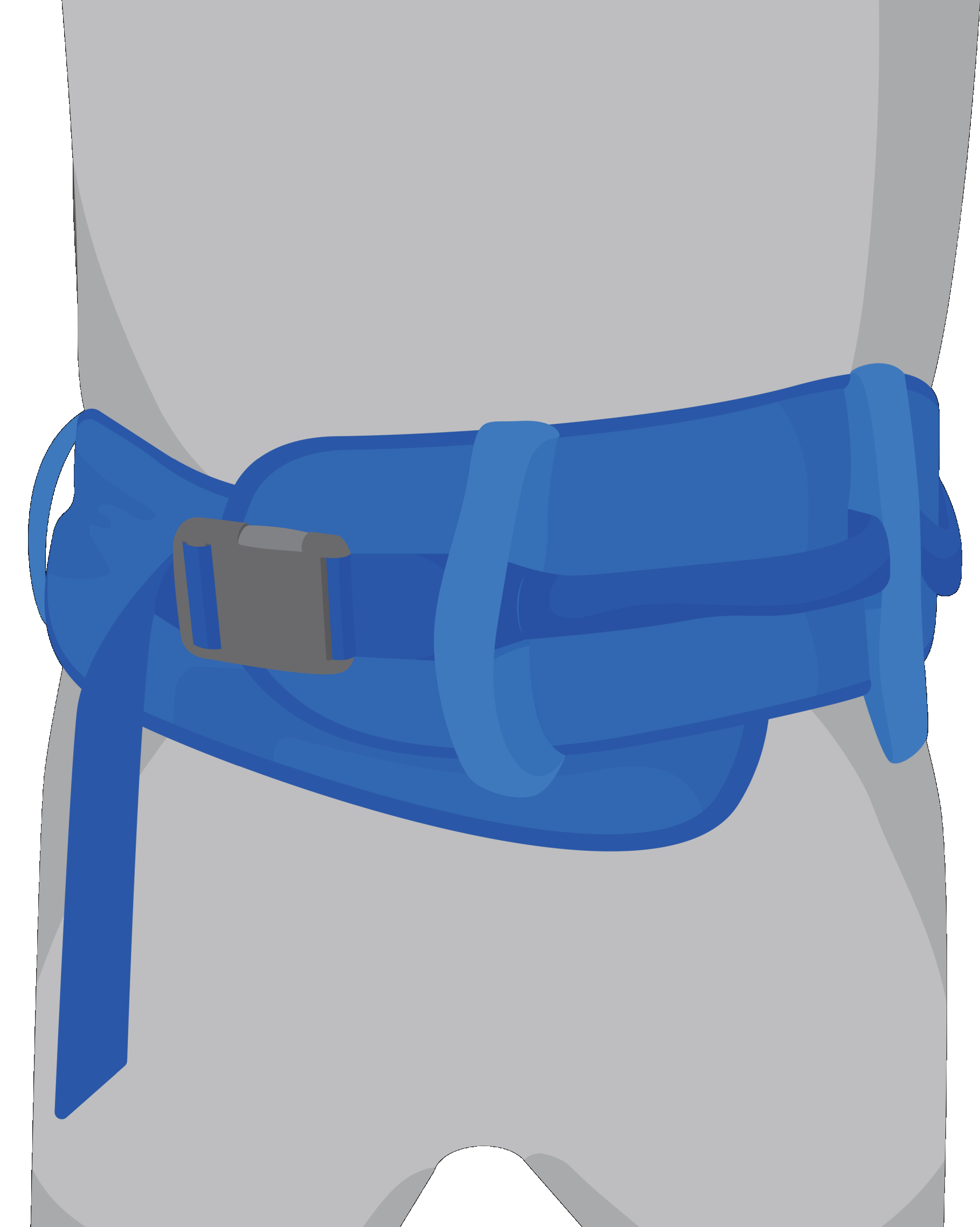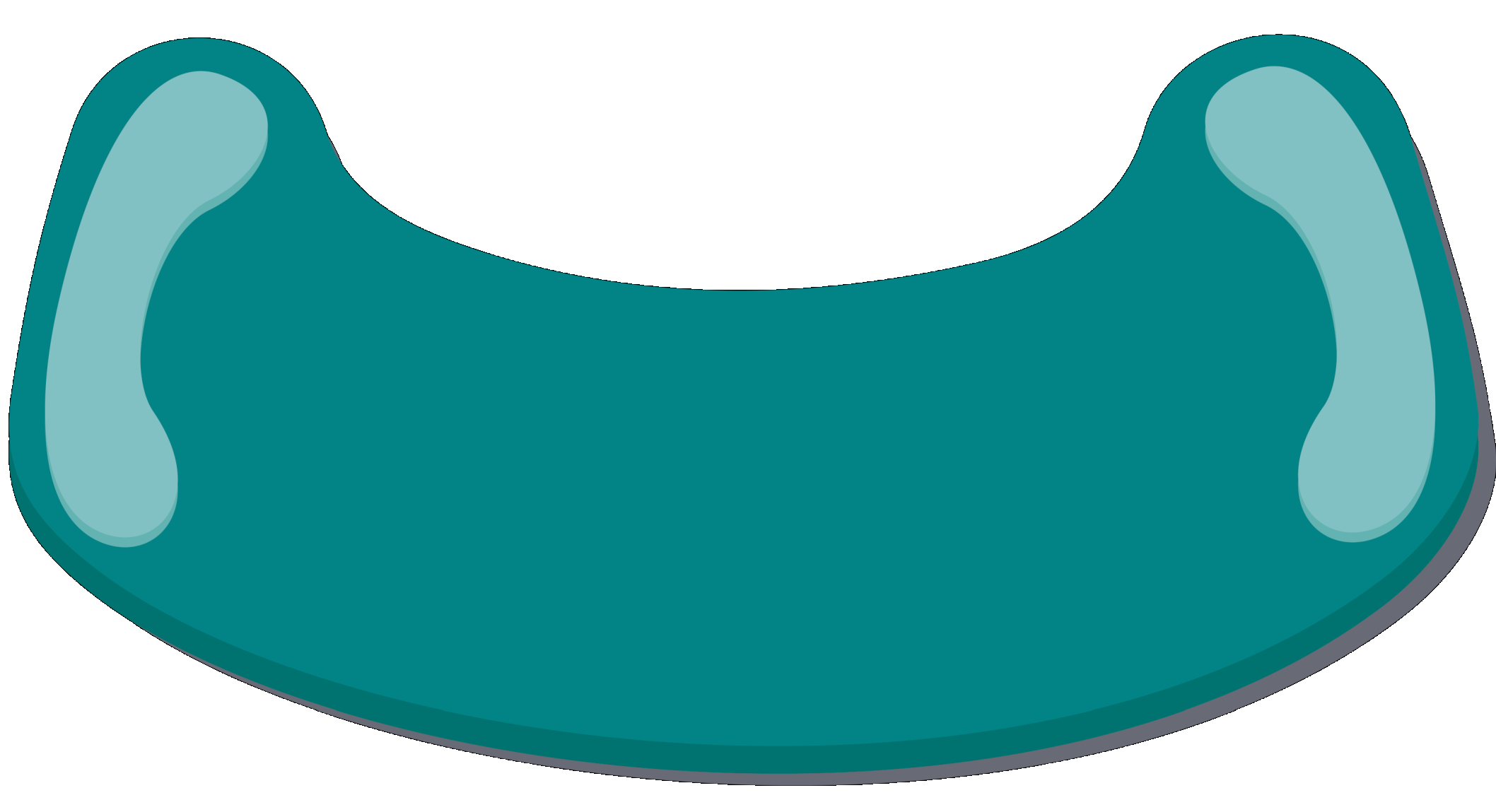3. Deliver care

Rehabilitation interventions for motor functions and mobility can be delivered through:
- Client education and advice for the person and their family
- Direct training in exercises or techniques to complete at home
- Supervised or assisted exercises or mobility practice
- Referrals to other services
The delivery of care involves:
- Explaining the interventions to the person
- Demonstrating the interventions and letting the person
- Practice the intervention in your presence to ensure safe home implementation.
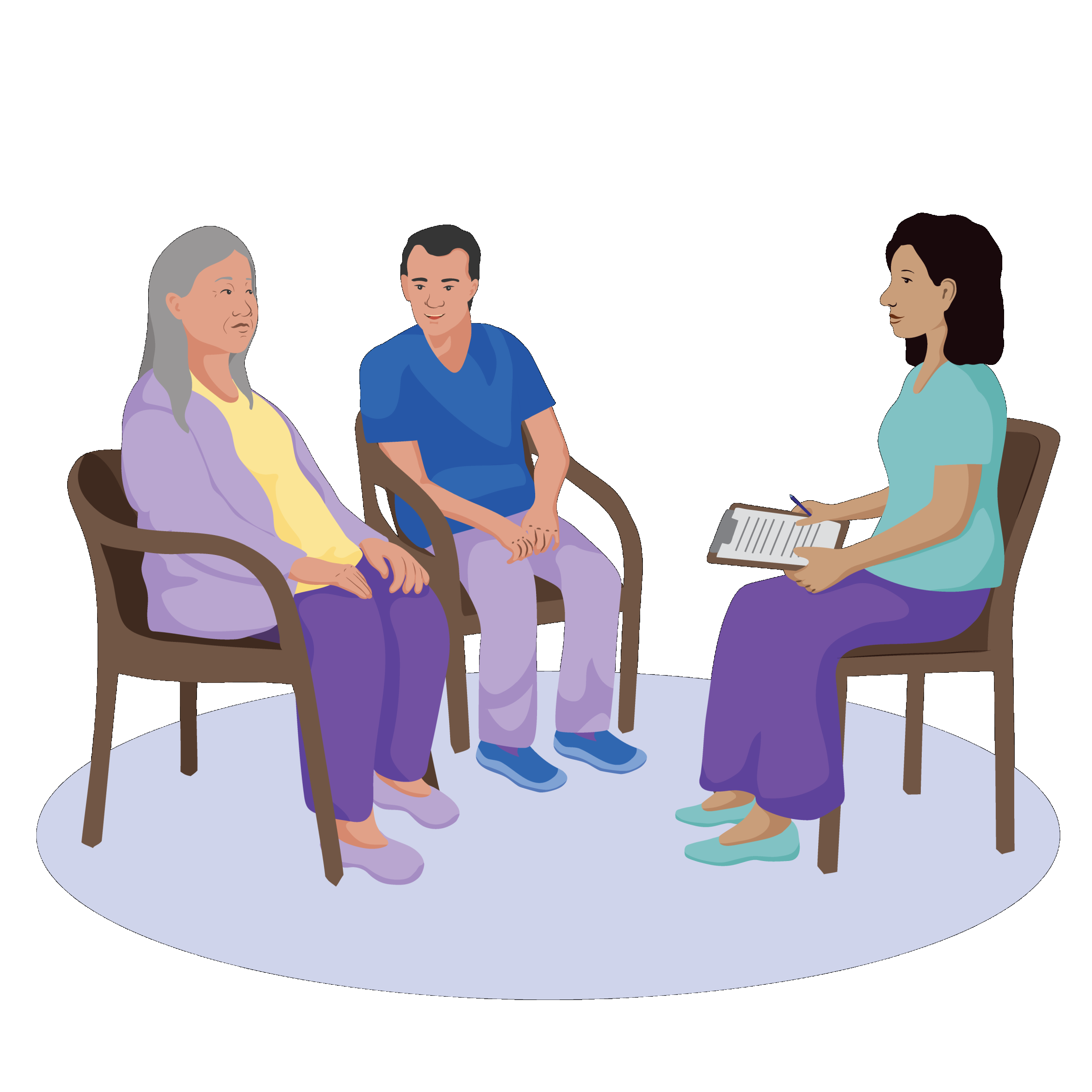
Range of motion
Target: Maintain or increase the range of motion at a joint.
Intervention:
- Client education and advice about good positioning of the joints to prevent further difficulties
- Exercises and stretches to maintain or increase flexibility of muscles and ligaments that support the joint
- Prescription of antispastic / antispasmodic pharmacological agents, in combination with exercises and stretches.
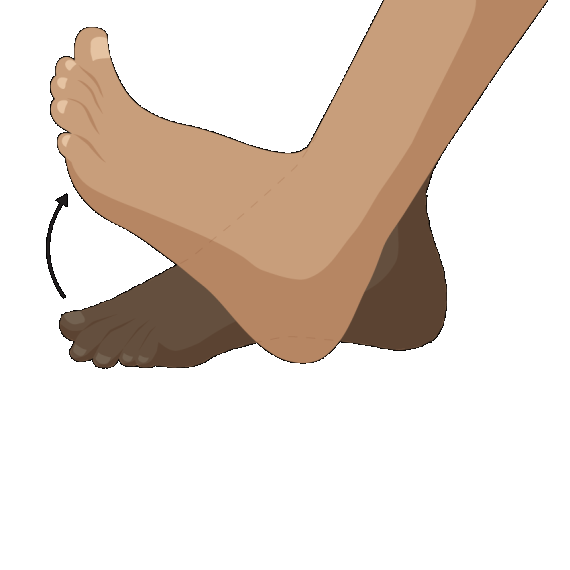
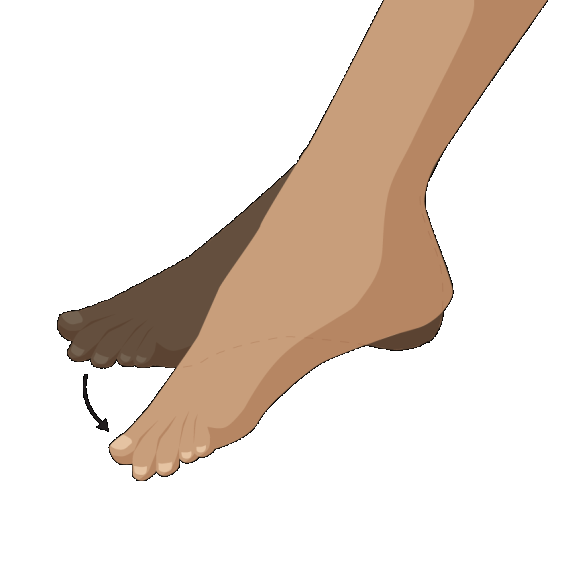
Muscle strengthening
Target: Prevent muscle wasting or increase muscle strength.
Intervention:
- Exercises to maintain or strengthen specific muscles
- Functional exercises, such as going for a walk each day, or practicing getting in and out of a chair
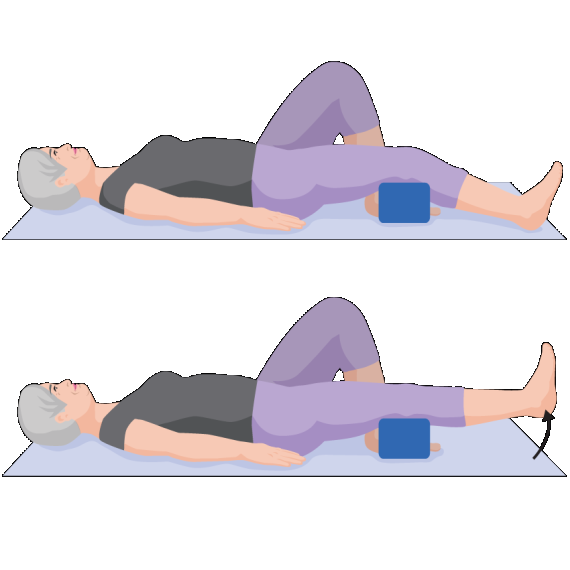

Gait/Walking
Target: Improving the safety and ease of walking
Intervention:
- Muscle strengthening exercises
- Assisted walking practice
- Balance training
- Correcting gait patters that are unsafe or painful
- Part practice, or learning the skills or mobility with an impairment
- Education about falls risk, and what to do the person does fall
- Functional exercises, such as going for a walk each day.
- Provision of assistive products such as walking aids, orthoses
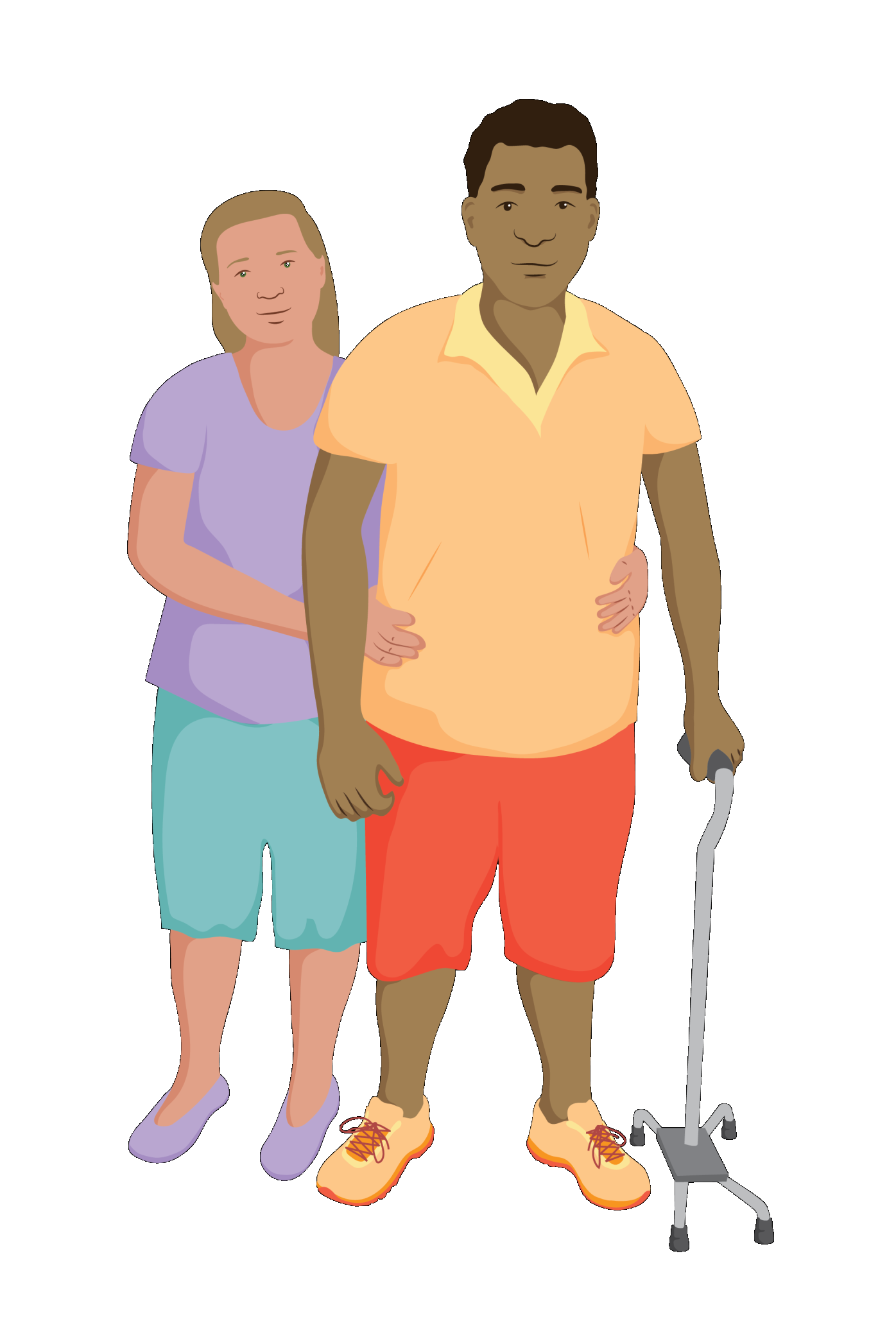
Posture and positioning
Target: Positioning the body to support good function.
Intervention:
- Client education and advice about good positioning of the joints to prevent further difficulties
- Muscle strengthening exercises
- Referral for the provision of wheelchairs that provide postural supports, if they are a wheelchair user who has difficulty sitting upright.
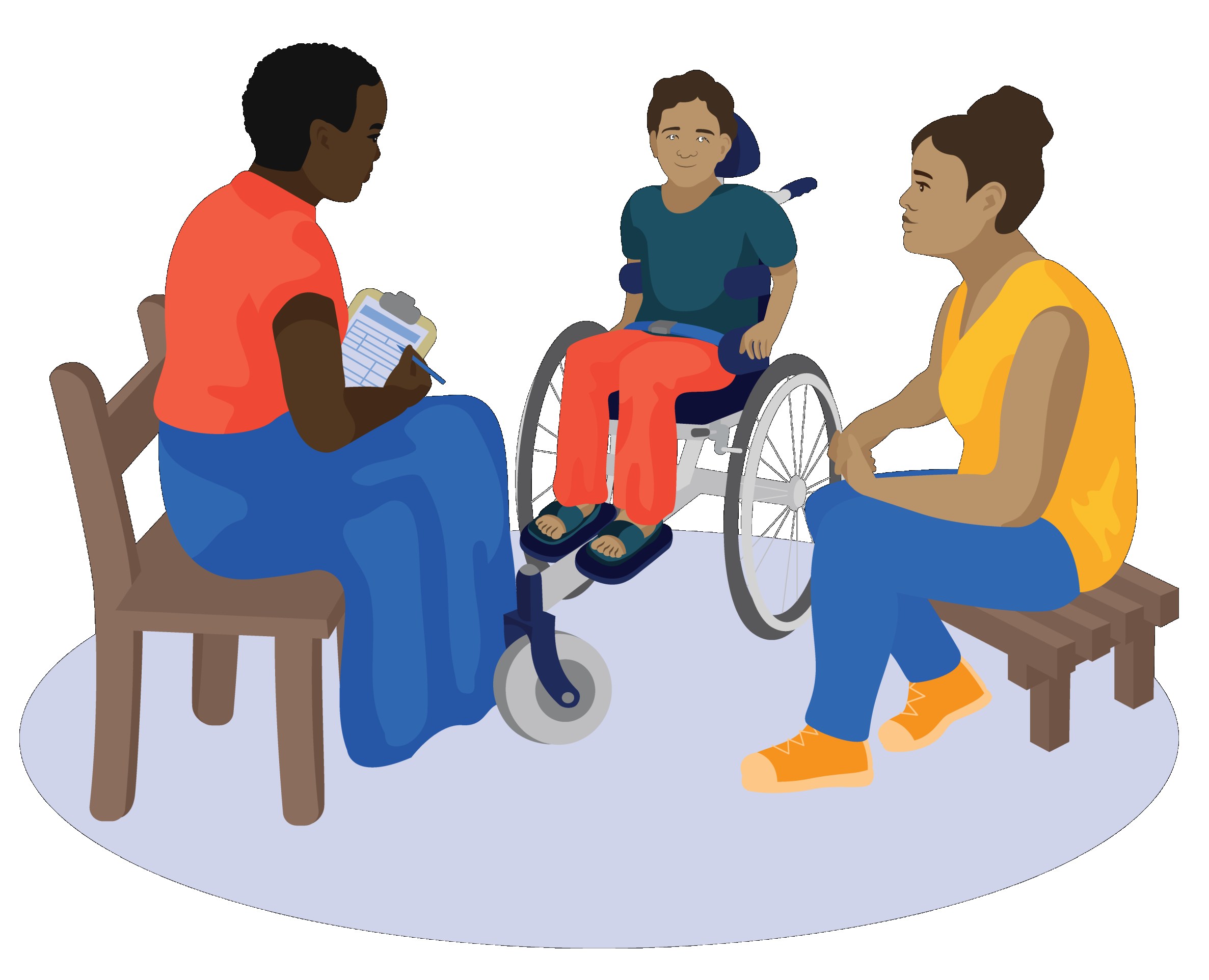
Transfers
Target: Safe and effective transfer skills.
Intervention:
- Client education and advice about safe transfer techniques
- Assisted transfer practice
- Muscle strengthening exercises
- Provision of assistive products, such as a transfer board or transfer belt.
